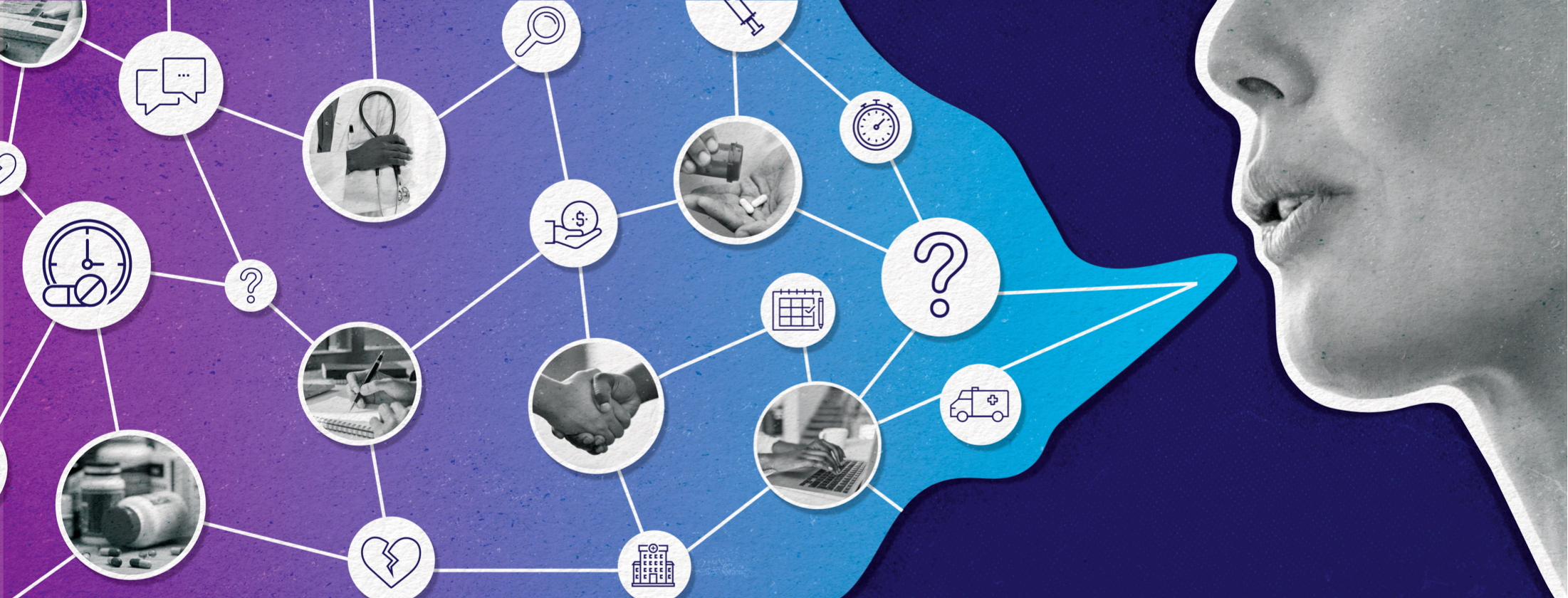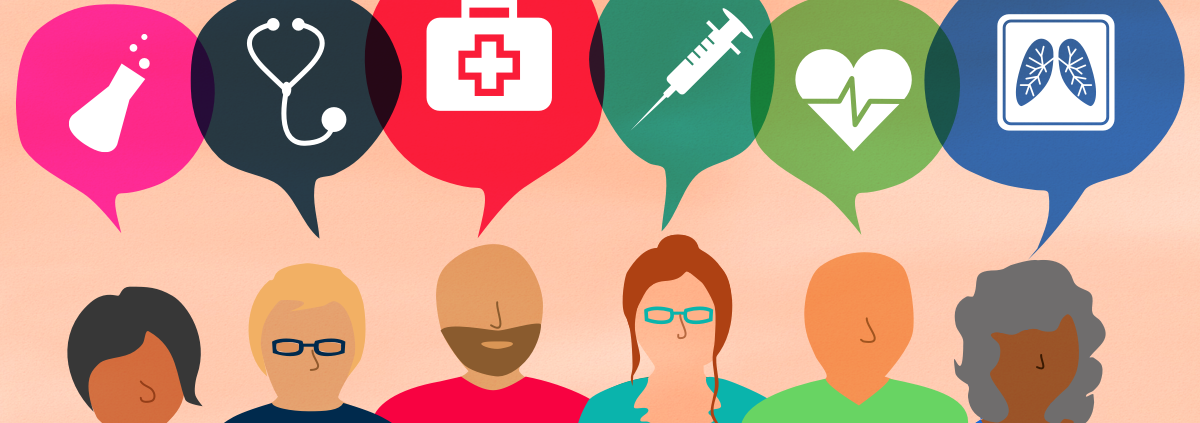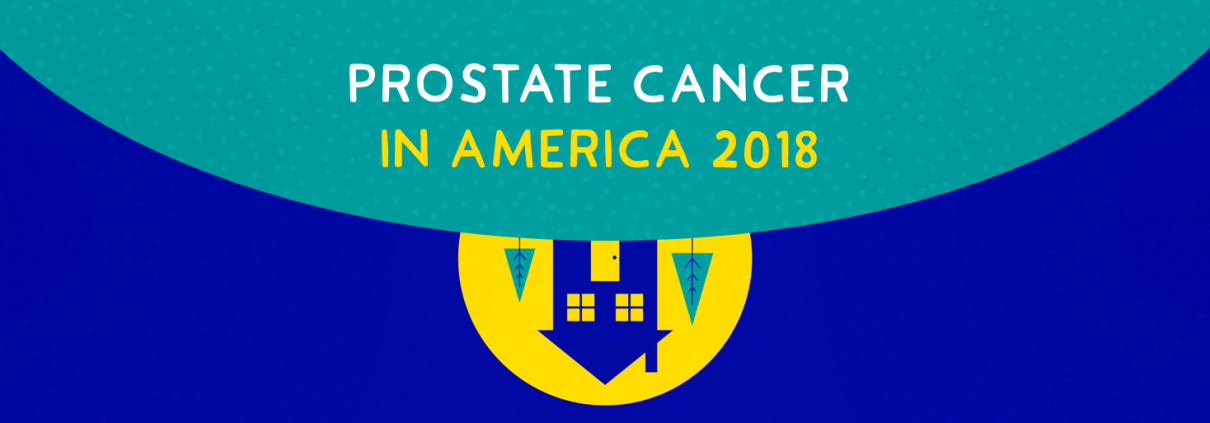4. Understand the broader context.
In mobile ethnography research that we conducted for a chronic condition, a young father provided a video as he pushed his son in a swing, reporting that his symptoms were relatively quiet and he was having a good day. However, he did not mention that he was sitting down as he pushed his son – an impact of his condition that would have been invisible if we had not asked for video submissions as part of the ethnography. An appropriate research partner should be able to identify opportunities not just based on an explicitly mentioned need, but by understanding the broader context of what is happening in a patient’s world.
More recently, advances in AI and health technology may also be an important backdrop from which to understand the patient experience (e.g., Are patients using AI-generated summaries as part of their information-seeking? Are HCPs using AI tools to facilitate review of results or recommendations? How will this change patient-HCP conversations and decision-making?). In addition, depending on the condition, new prescription fulfillment channels and patient service program offerings might need to be considered (e.g., the role of telehealth, compounding pharmacies, and manufacturers ‘direct-to-consumer digital health platforms). Ensuring that these dynamics are accounted for within the research’s lines of questioning will enable the full ecosystem to be understood.
5. Bring it to life.
Ensure the patient journey is memorable and enduring by leveraging multimedia reporting (audio and video) where and when appropriate. To effectively incorporate the voice of the patient, stakeholders need to hear the voice of the patient. Health Union often recommends a working session with the entire team to review the patient journey, with immersive exercises so that the team can develop an intuitive and empathic understanding of a patient’s lived experience.
6. Make it useful.
Identify leverage points based on areas of unmet need or opportunity that best align with product/brand strategy and benefits. Then, contextualize this with foundational insights from social scraping or other data sources.
Health Union Insights’ Patient Journey uses our proprietary patient attitudinal database, access to patient conversations within our 40+ condition-specific online health communities, and our flexible multi-modal research methodology to ensure well-rounded, rich, and action-oriented patient journey insights. We build on our foundation of existing disease-specific data and patient access to design custom research that will best capture and communicate the patient journey. Through Health Union’s one-of-a-kind Social Health Network, we also have the opportunity to tap patient leaders who can share their experience layered on to the experiences of everyday patients.
If you are looking to develop, refresh, or fill gaps in a new or existing patient journey, trust that Health Union knows how to put any aspect of the journey into the proper patient perspective. We invite you to contact us today.







